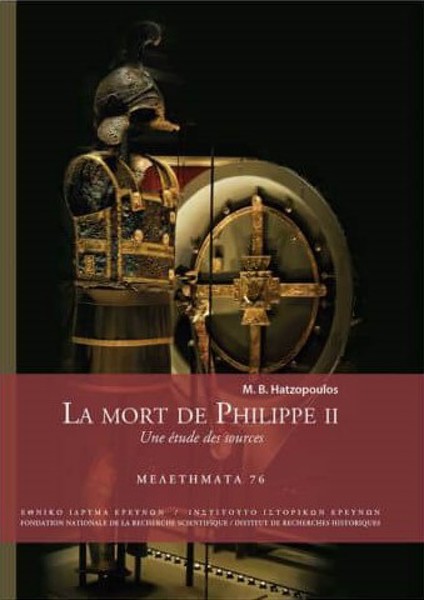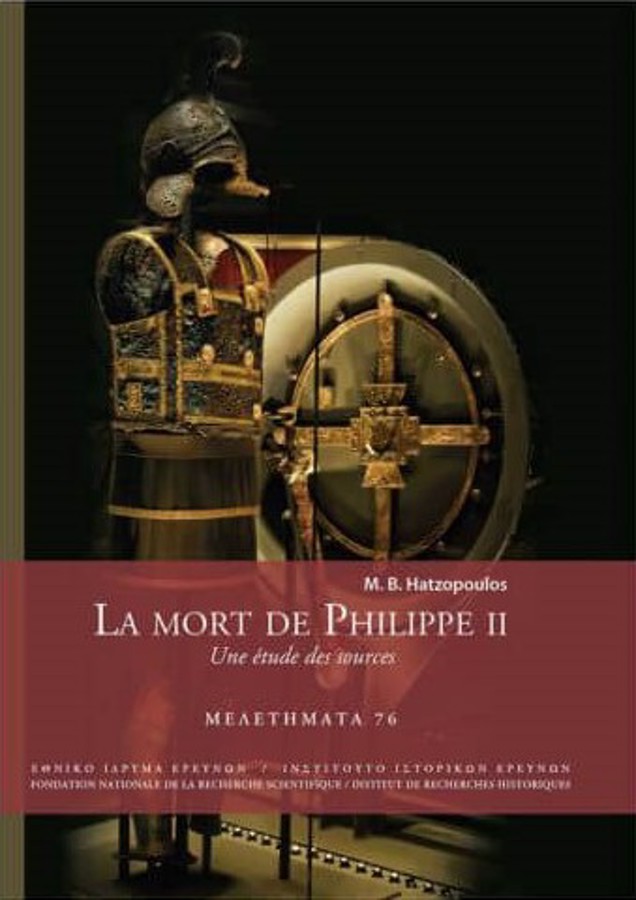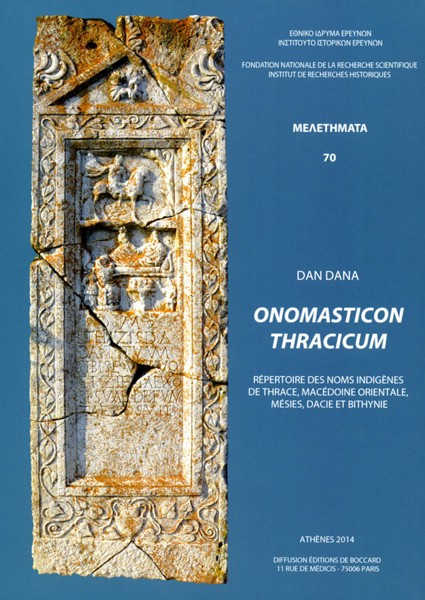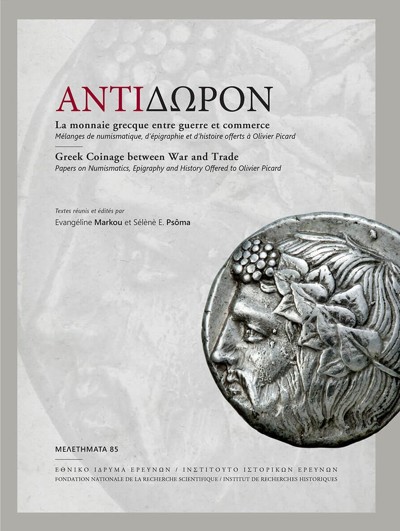
- Pages: 180 p.
- Size:170 x 240 mm
- Language(s):French
- Publication Year:2020
- € 20,75 EXCL. VAT RETAIL PRICE
- ISBN: 978-960-9538-66-4
- Paperback
- Available
The assassination of Philip II, king of the Macedonians on an October day of 336 B.C. constitutes as much an inscrutable enigma as that of J. F. Kennedy in November 1963 and remains today as insoluble as that of the American presi-dent, although there has never been any doubt about the identity of the assas-sin. Actually all the ancient sources concur and all the modern scholars agree that it was the sword of Pausanias, the king’s bodyguard hailing from Orestis in Upper Macedonia, who put a brutal end to Philip’s meteoric career in the parodos of the theatre of Aigeai. Two other noblemen from Lynkos, also in Up-per Macedonia, were executed as his accomplices. Beyond these facts every-thing is contested. Was it an isolated act of vengeance? Was there a plot, and by whom? Was it hatched by disgruntled Upper Macedonian princelings? Or by the Persian court? Or even by Olympias, Philip’s estranged wife? And Alexander, was he aware of the storm that was brewing? Only a thorough analysis of the conflicting literary traditions in the light of the archaeological discoveries can answer these interrogations. Such is precisely the scope of the present volume.The assassination of Philip II, king of the Macedonians on an October day of 336 B.C. constitutes as much an inscrutable enigma as that of J. F. Kennedy in November 1963 and remains today as insoluble as that of the American presi-dent, although there has never been any doubt about the identity of the assas-sin. Actually all the ancient sources concur and all the modern scholars agree that it was the sword of Pausanias, the king’s bodyguard hailing from Orestis in Upper Macedonia, who put a brutal end to Philip’s meteoric career in the parodos of the theatre of Aigeai. Two other noblemen from Lynkos, also in Up-per Macedonia, were executed as his accomplices. Beyond these facts every-thing is contested. Was it an isolated act of vengeance? Was there a plot, and by whom? Was it hatched by disgruntled Upper Macedonian princelings? Or by the Persian court? Or even by Olympias, Philip’s estranged wife? And Alexander, was he aware of the storm that was brewing? Only a thorough analysis of the conflicting literary traditions in the light of the archaeological discoveries can answer these interrogations. Such is precisely the scope of the present volume.




